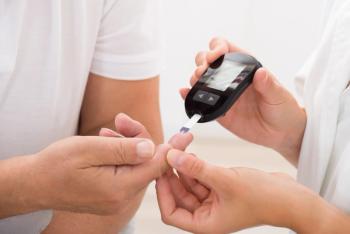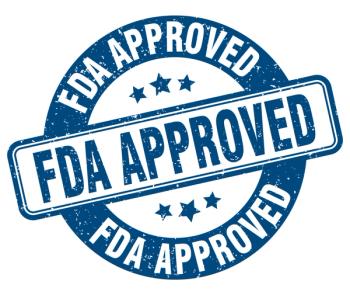
How do you hold two positions at once? Ask the FDA
Which way does the FDA spin the issue of opiate use in this country? Try both.
So the FDA decides to tackle a huge problem, with the result that hydrocodone is soon to be a Schedule II controlled substance. Trying to make a dent in the seemingly never-ending increase in numbers of people who end up addicted to painkillers is a good thing.
However, coping with the increased burden of record-keeping and the unpleasant patient confrontations soon to be seen at every point of care, with people who won’t understand why we can’t fax their prescribers for more refills ... not so much.
I’m not particularly looking forward to the chaos that I suspect will be the result of this decision - the angry patients, the confused prescribers, the people truly in pain who will be inconvenienced or worse. But I’ve seen the statistics on addiction in this country, and I’ve looked into the faces of the addicted, so I’m well aware that very few of our attempts to stem the addiction epidemic have been working. I’m willing to give any idea a chance, if it might slow the tidal wave of opiate-related problems flooding this nation.
Or at least I was. Until I saw the complete plan.
Watch closely
First, let me recap exactly what happened. On October 24th, the FDA recommended that all hydrocodone combination products - Vicodin, Lortab, Norco, and all the others - be moved from Schedule III to Schedule II. You know what that means. No refills. No faxes. No phone-ins. More red tape to order, store, dispense, and deliver the product.
If you’re not familiar with what this decision means, you soon will be. Various hydrocodone products hold the No. 1, 3, and 5 positions in 2012’s ranking of the top-selling prescription products in the United States, with a combined 129 million prescriptions written.
Get ready to explain to your patients what the folks at the FDA have done. A lot.
Don’t be so sure you’ll be able to explain why they did it, though. Watch how this went down: Even though we can all agree that narcotic addiction and its attendant social ills are a serious and growing problem in this country, and even though the FDA said, in a press release announcing the decision, that it had “become increasingly concerned about the abuse and misuse of opioid products, which have sadly reached epidemic proportions in certain parts of the United States,” the FDA announced the very next day its approval of Zohydro, a pure hydrocodone product without the acetaminophen or aspirin that works to lower the amount of hydrocodone an abuser can take in a single dose.
Think of Zohydro as a little brother of the original OxyContin, the extended-release version of oxycodone that had to be reformulated to make it abuse-resistant after it all but started the current wave of opiate-induced mayhem in this country. Zohydro has none of the new OxyContin’s safeguards, and it has no acetaminophen to put the brakes on anyone’s potential narcotic bender.
Follow the bouncing bullet
What just happened?
One day, the FDA makes an effort to limit the damage addicts can do to themselves, and the next, it gives them a cocked and loaded gun they can aim straight at their own temples.
You can see why I’m a little less than enthusiastic about the changes headed our way.
If we had to cope with chaos in order for this country to take a shot at lessening a major public health problem, that would be one thing. But for every pharmacist, prescriber, caregiver, and pain sufferer in the United States to be inconvenienced while a repeat of the OxyContin disaster is simultaneously unfolding - that would be worse than accomplishing nothing.
Looking-glass logic
I learned long ago that stereotypes are wrong, but you’ll have to excuse me; the image of the inept, bumbling government bureaucrat making nonsensical decisions based not on effective policy but on logic understandable only in the world on the other side of the looking glass - well, that just got burned a little deeper into my mind.
We’re all about to deal with a major, unpleasant, and - thanks to a little extra effort from the FDA - most likely completely ineffective change in our professional practices.
Let’s just hope the FDA won’t try to solve any more problems for a good long while.
Newsletter
Pharmacy practice is always changing. Stay ahead of the curve with the Drug Topics newsletter and get the latest drug information, industry trends, and patient care tips.































































































































































